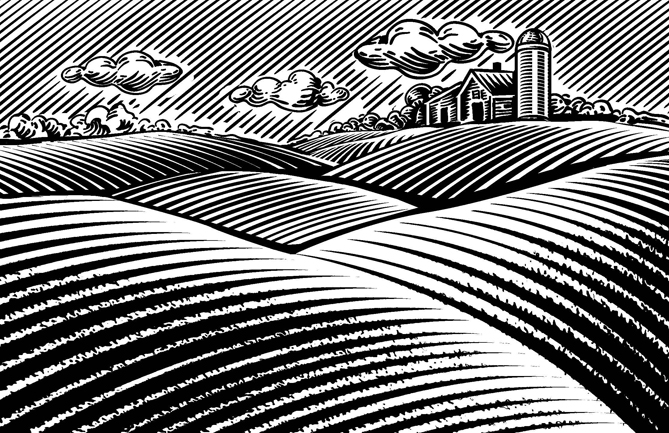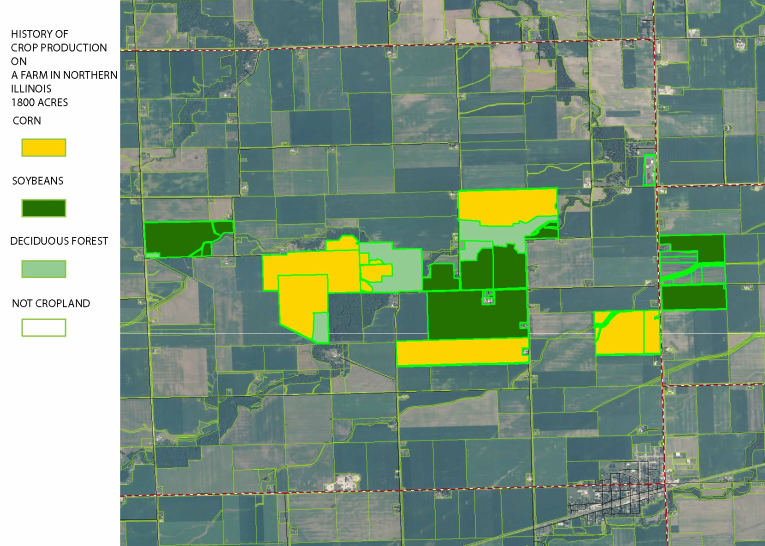 Geoff Dutton | in
Geoff Dutton | in  Business,
Business,  Food,
Food,  Sustainability,
Sustainability,  Technology
Technology
You have probably heard of the movement to move personal and institutional bank deposits out of mega-banks. The best-known group is the Move Your Money campaign, which indicates that in about one year four million bank accounts were transferred from national banks to community banks and credit unions. Many times that number of account holders are expected to join the exodus this year and next. A relatively small number of organized change agents have stoked this movement.
Big pharma and big farming also face revolts, just as intense but harder to track. Epidemics of obesity, cancer, and heart and degenerative diseases link the two. Industrial farming methods have their place, but not when dominated by dependencies on monocultures, GMO seed stock, chemical pesticides and fertilizers, fish farms and feedlots. Citizens pursue many strategies to escape from unhealthy food, some of which FearLess highlights. While it is diverse and still relatively unnoticed, the healthier food movement is growing and changing consumers’ consciousness.
It is harder for farmers and ranchers to escape from the clutches of agribusiness than it is for consumers, because they are roped into seed stock, chemicals and systemic practices that independent operators can't avoid from without help. Small farmers and ranchers also depend on federal agriculture programs that favor industrial producers, whose trade associations have seen to that. But this could change.
A Colorado startup called Visual Farms is trying to level the playing field for family farms. Its VFARMS web application lets farmers visualize, plan and manage their operations using an intuitive graphic interface that displays their farms as maps, charts, and tables. Under the hood, VFARMS accesses from the cloud a set of databases on soils, seeds, agrichemicals, weather, market prices and more in a seamless way. It's a geographic information and decision support system rolled up into one. That database provides information on 2.3 million US farms, covering:
Here's a scene from a Visual Farms video that shows crops being rotated between soy and corn on an 1800-acre Illinois farm. The farm's fields are drawn from a large database and are precisely delineated.

Even if farmers only use Visual Farms to figure out how to divide up their acreage among wheat, soy, corn and sorghum, and where and when to plant each, this tool can help them to diversify their crops by playing what-if games with suppliers and markets for alternative strategies: They could use it to explore planting winter greens to make use of acreage and labor that would otherwise be unused in the late season. Users might discover that their soil and water supply is better suited for sunflowers than corn. The database could also help them find local suppliers of compost and non-toxic pesticides that might make sense to use, should they decide to organically certify some of their plots.
Native Americans long ago figured out that corn and beans do better when grown together. Today's farmers should "innovate" by relearning companion planting and other sustainable practices. Good advice and well-focused data can wean family farms away from industrial methods and monoculture.
The same kind of thinking can benefit both consumers and producers. My takeaway is:
Favor solutions that operate at human scale; pervasive large-scale organizations and their "solutions" almost always generate widespread, pernicious and intractable side effects.
Think of agricultural co-ops, barn-raising parties, sharing farm equipment and seed stock, or trading manure for hay. While we cannot devolve global corporations into human-scale entities, by pooling resources and knowledge, family farmers can create and reinforce social structures and economic institutions that can shield them -- and us consumers -- from corporate power and repair the damage it has done to food chains and ecosystems.
By Geoff Dutton
Illustration via Spencer Wong
P.S. Currently Visual Farms is a PC application. The company is working to make it fully cloud-based. Anyone wanting more information about using, helping to develop or investing in Visual Farms should contact info@visualfarms.com.